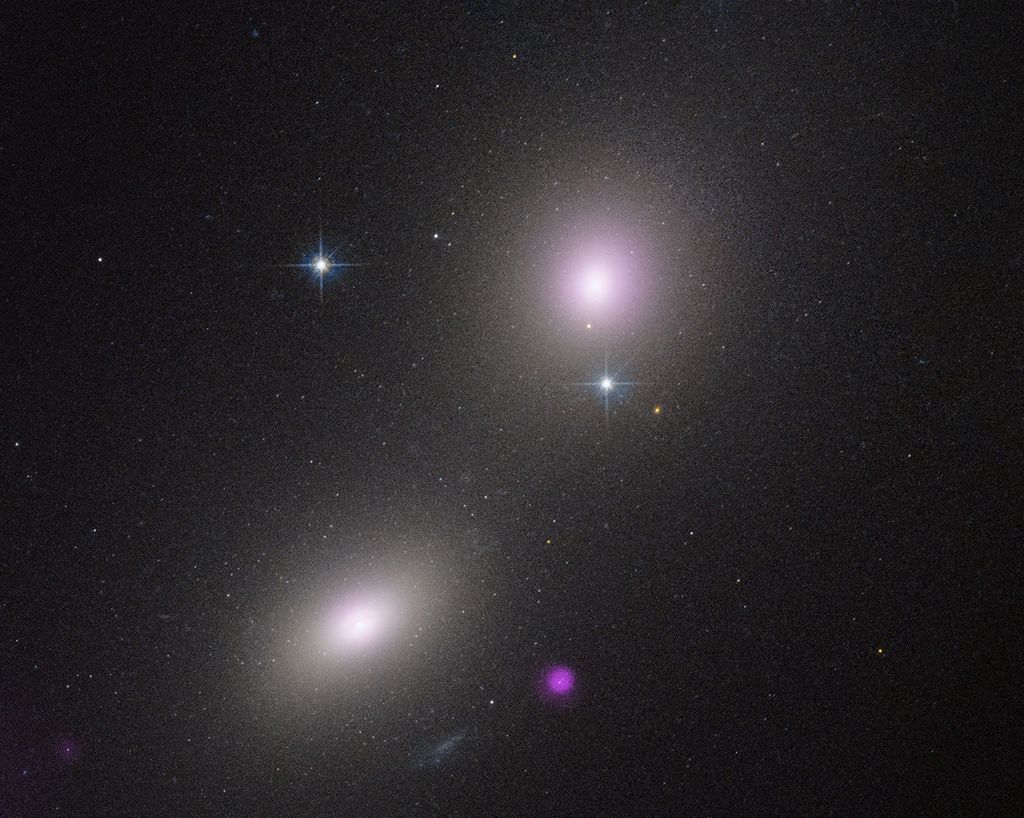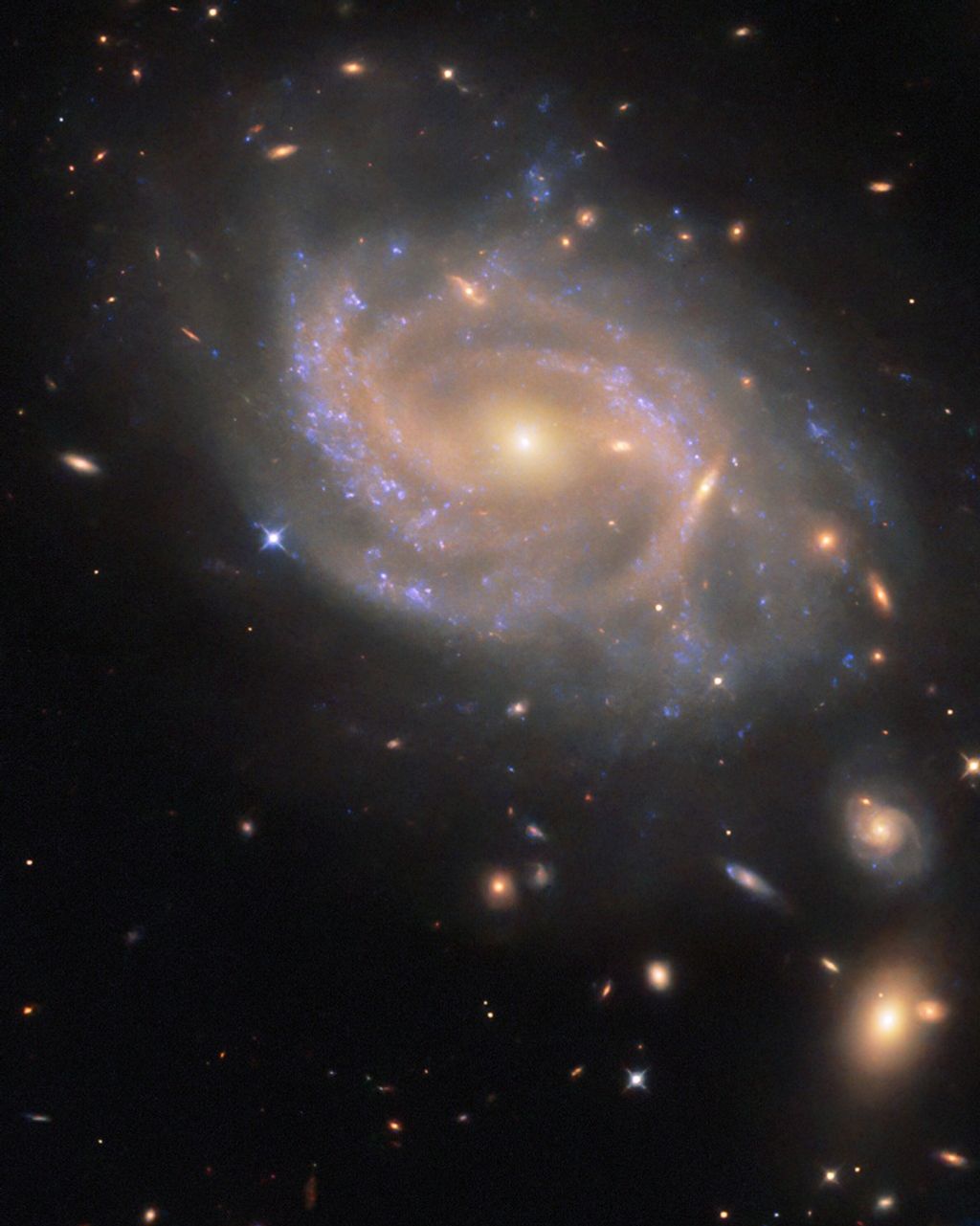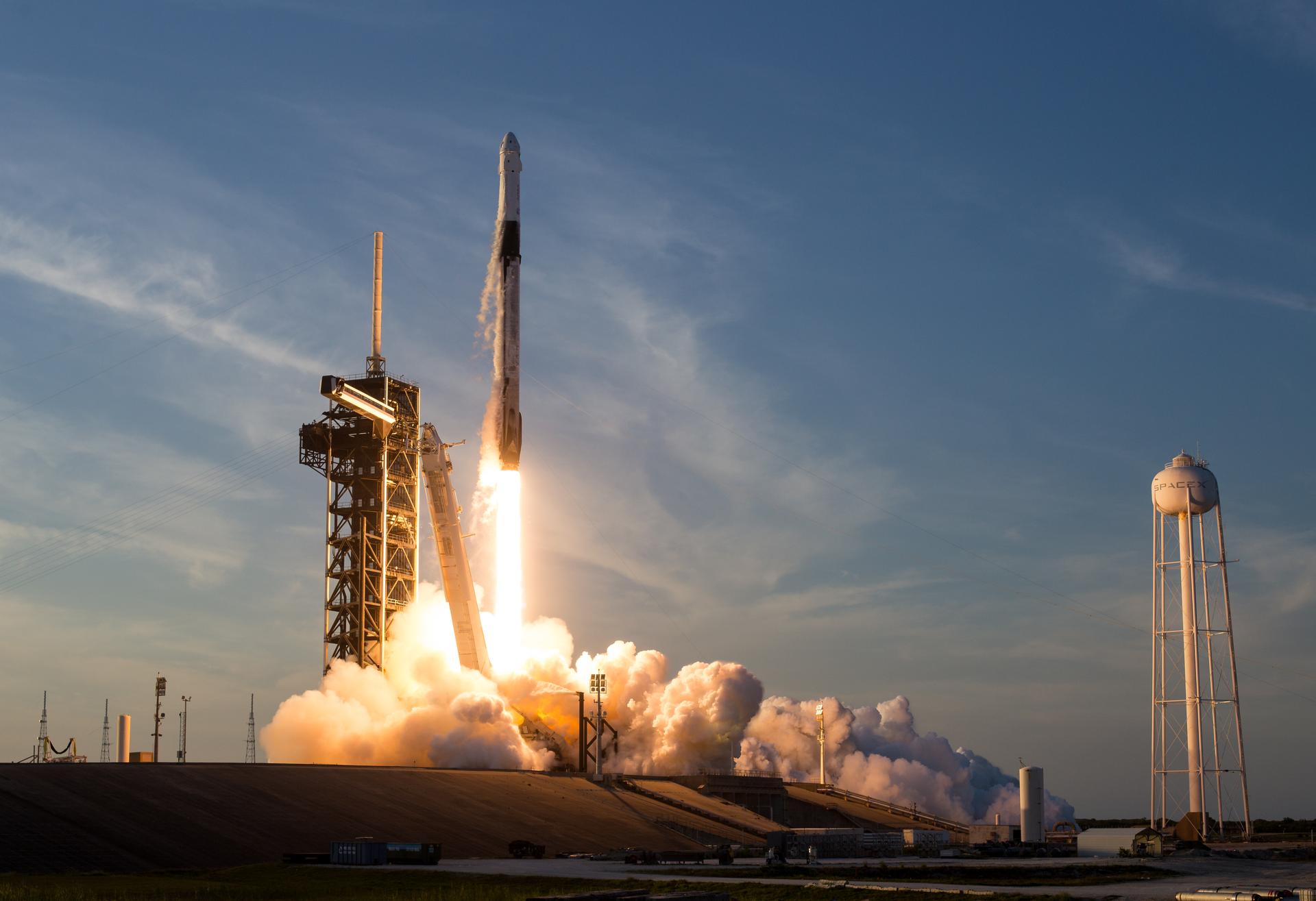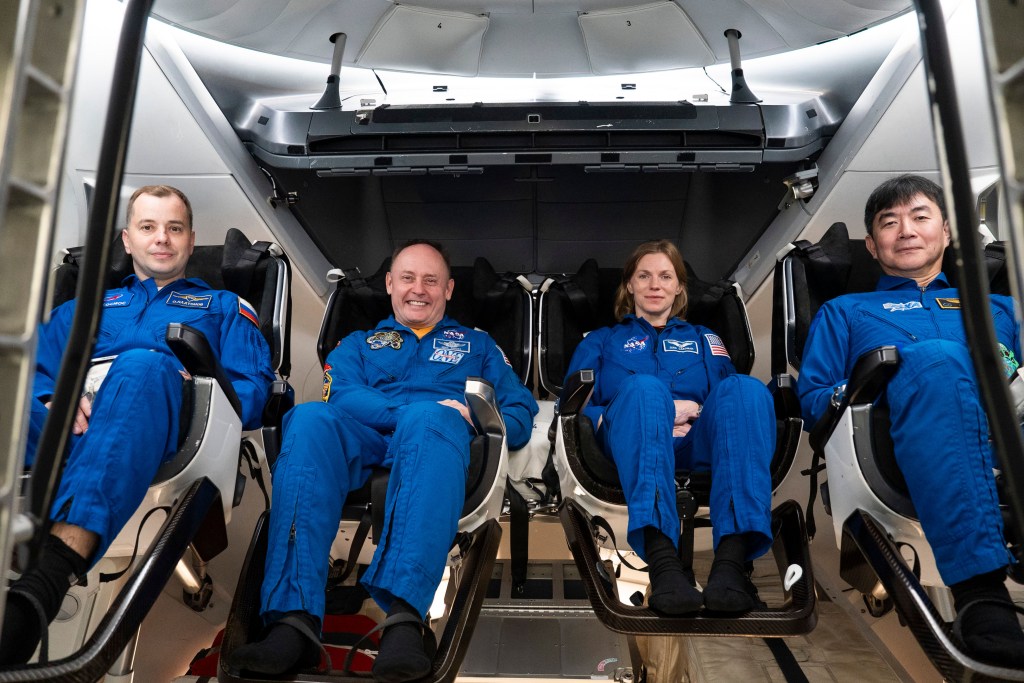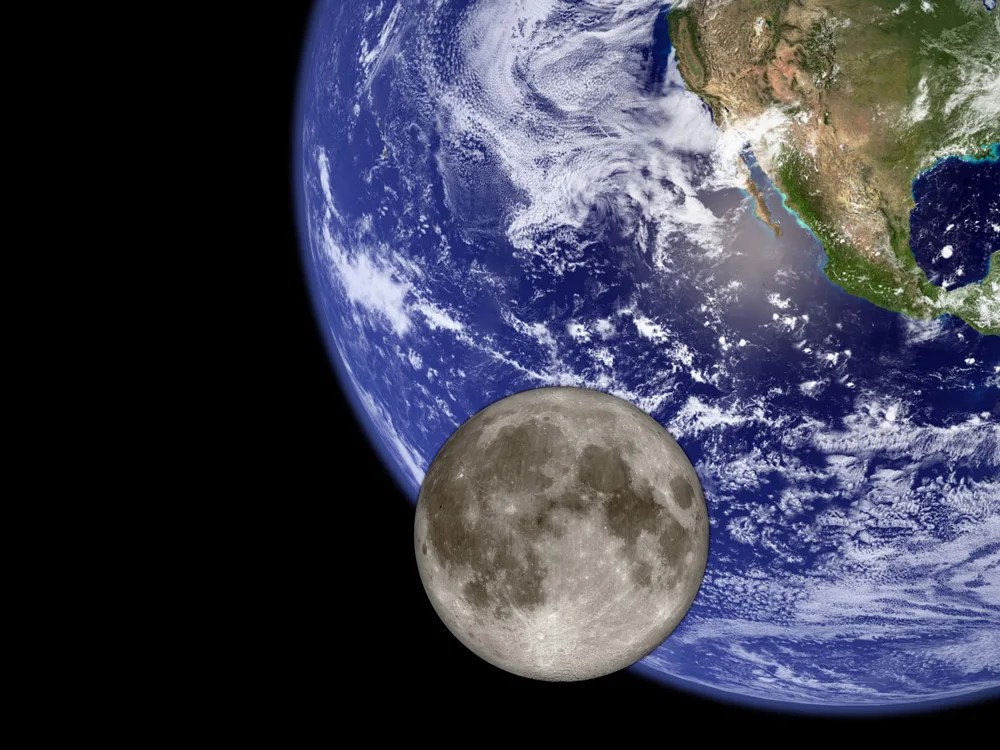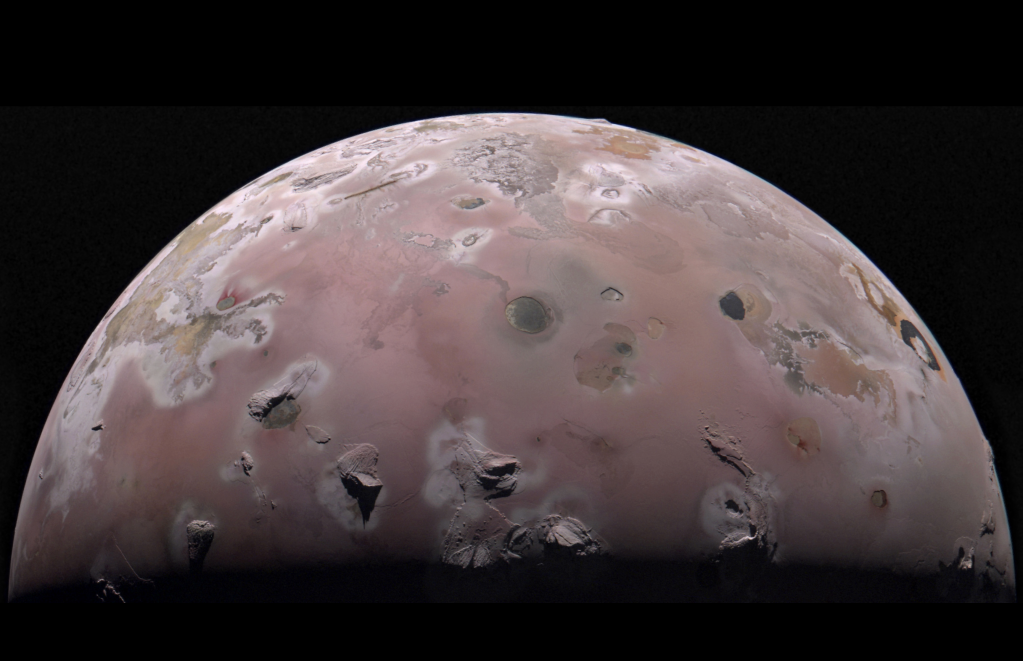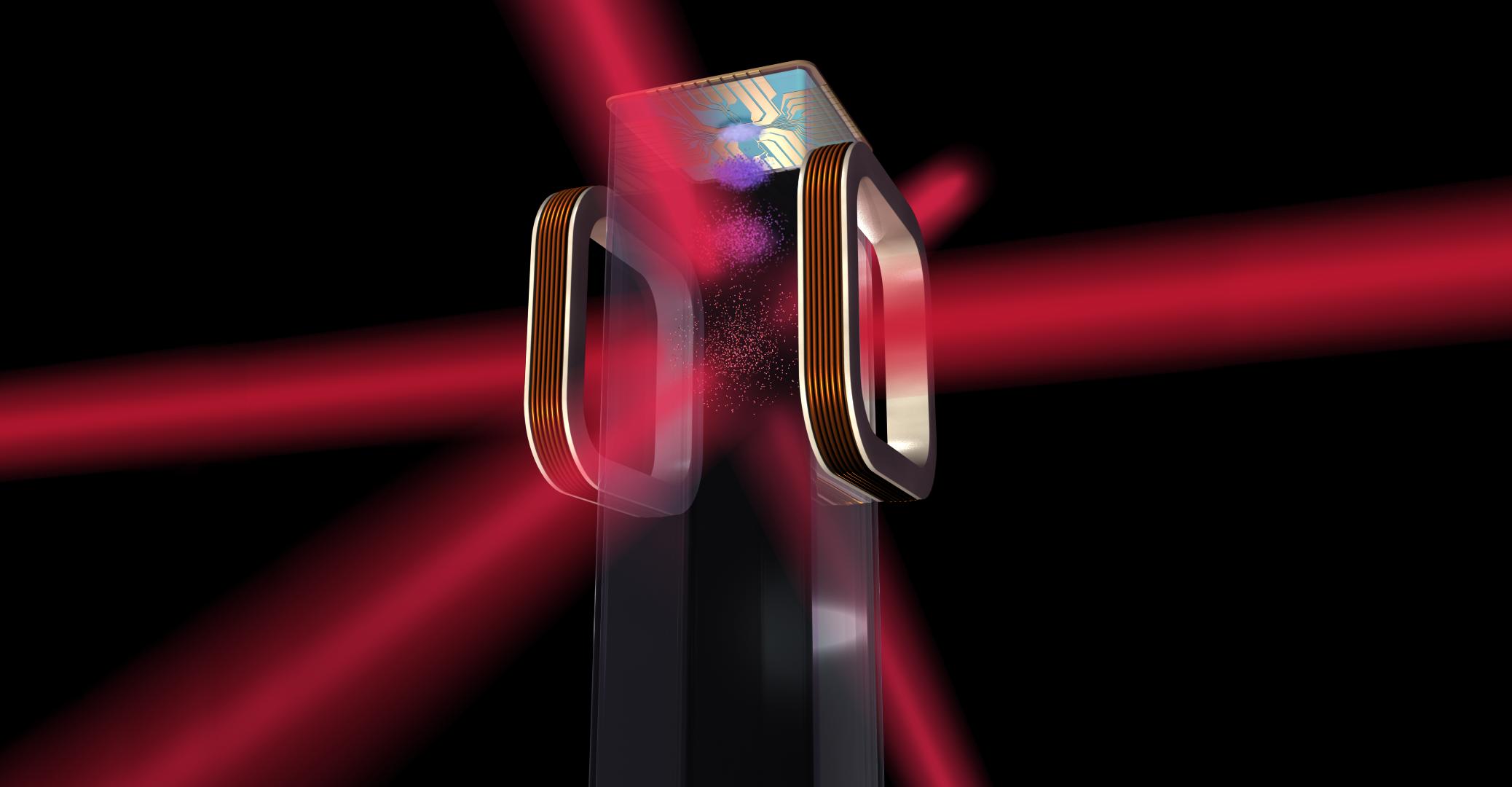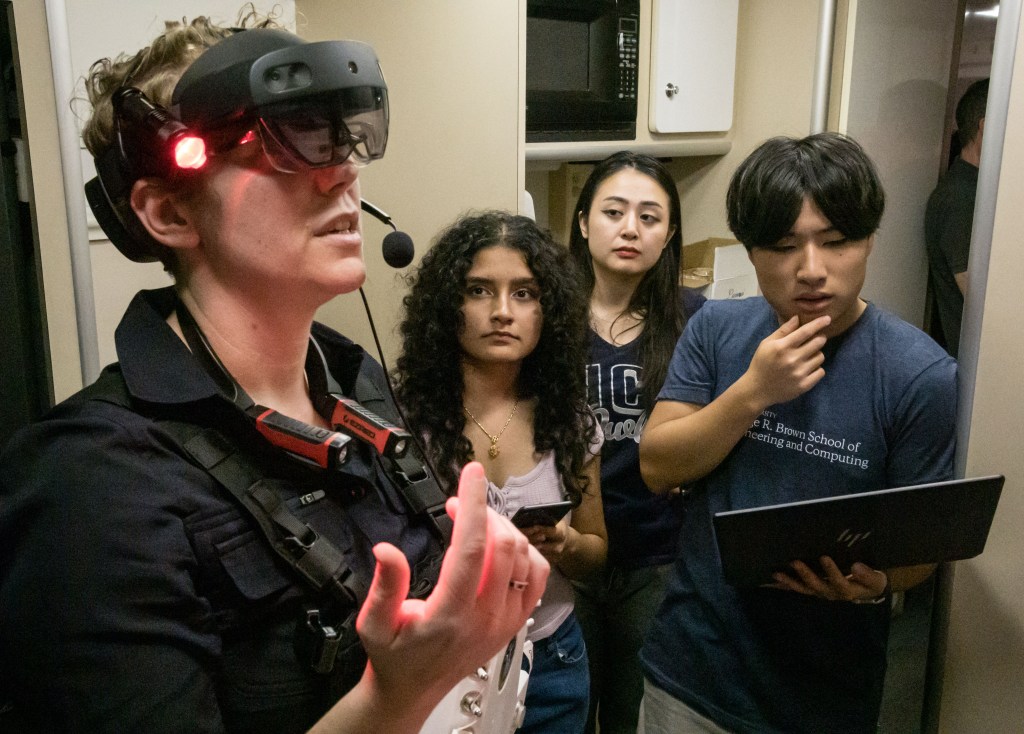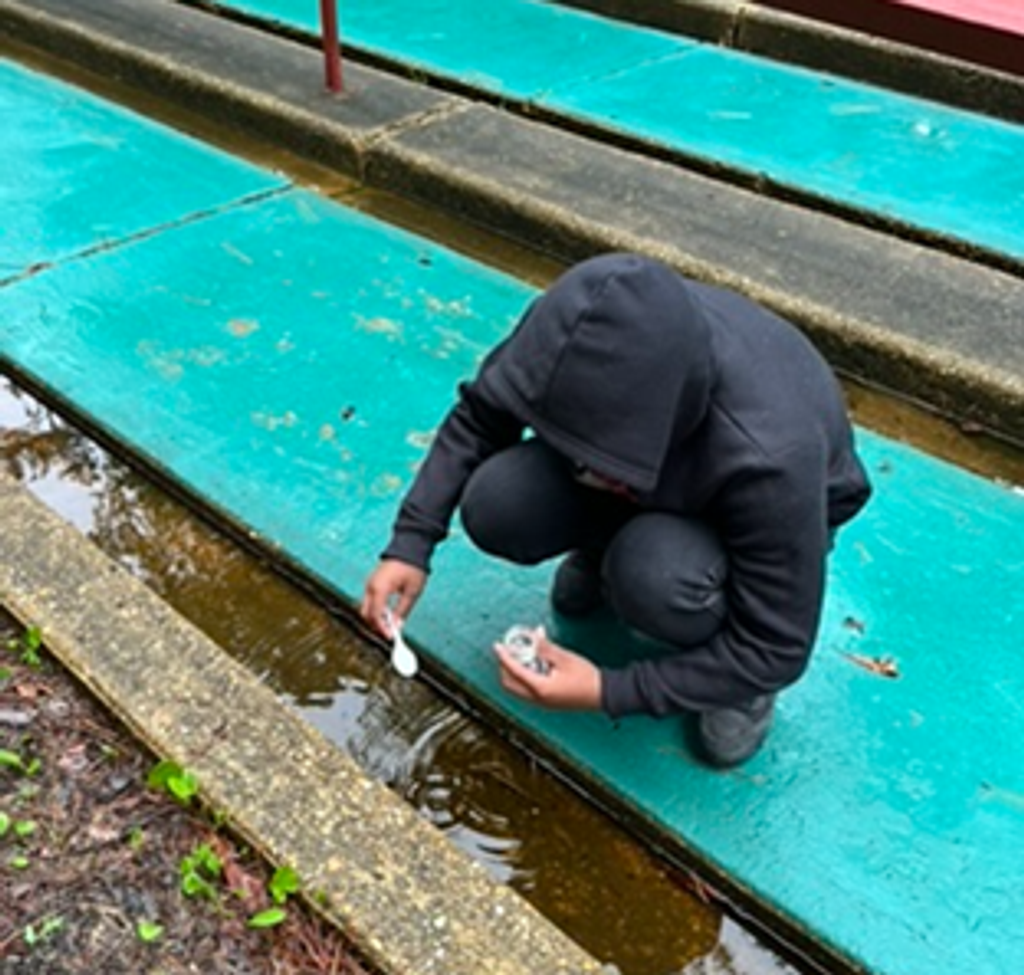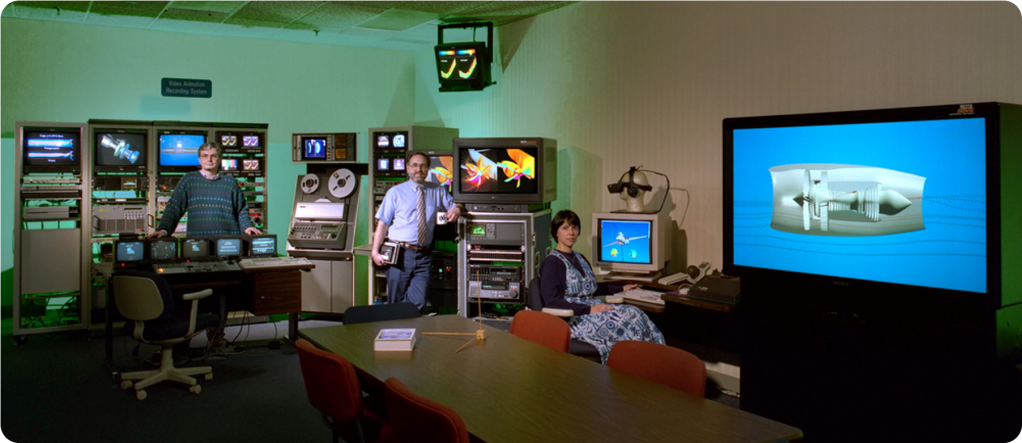Solar System Exploration Stories
Filters

More than 2,000 curious visitors from Newport News and the surrounding Hampton Roads region of Virginia flocked to Christopher Newport University (CNU) on May 31, 2025 for their annual STEM (Science, Technology, Engineering, & Mathematics) Community Day, and the NASA…

An experimental technique rescued a camera aboard the agency’s Juno spacecraft, offering lessons that will benefit other space systems that experience high radiation. The mission team of NASA’s Jupiter-orbiting Juno spacecraft executed a deep-space move in December 2023 to repair…
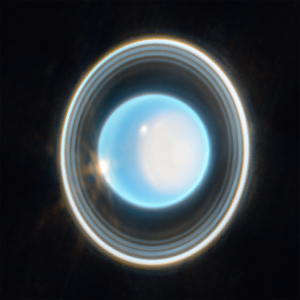
KEY POINTS For millennia, astronomers thought Uranus was no more than a distant star. It wasn’t until the late 18th century that Uranus was universally accepted as a planet. To this day, the ringed, blue world subverts scientists’ expectations, but…
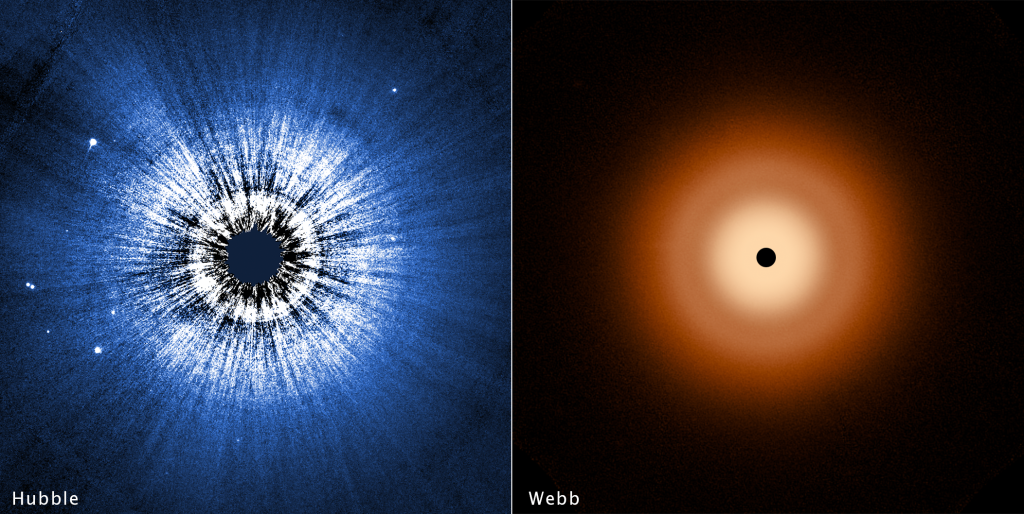
If you live in the Northern Hemisphere and look up during July evenings, you’ll see the brilliant star Vega shining overhead. Did you know that Vega is one of the most studied stars in our skies? As one of the brightest summer…
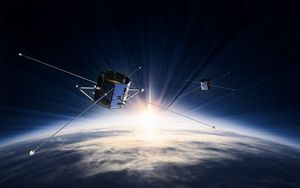
High above us, particles from the Sun hurtle toward Earth, colliding with the upper atmosphere and creating powerful explosions in a murky process called magnetic reconnection. A single magnetic reconnection event can release as much energy as the entire United…

NASA research has shown that cell-like compartments called vesicles could form naturally in the lakes of Saturn’s moon Titan. Titan is the only world apart from Earth that is known to have liquid on its surface. However, Titan’s lakes and…

Sixty years ago, NASA’s Mariner 4 captured groundbreaking views of the Red Planet, leading to a steady stream of advances in the cameras used to study other worlds. In 1965, NASA’s Mariner 4 mission brought Mars into American living rooms,…
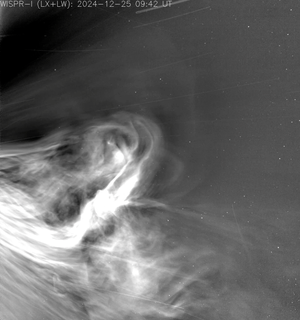
On its record-breaking pass by the Sun late last year, NASA’s Parker Solar Probe captured stunning new images from within the Sun’s atmosphere. These newly released images — taken closer to the Sun than we’ve ever been before — are…

A.M./P.M. Planet Watching, Plus the Eagle Constellation Mars shines in the evening, and is joined briefly by Mercury. Jupiter joins Venus as the month goes on. And all month, look for Aquila the eagle. Skywatching Highlights All Month – Planet…

An unexpectedly strong solar storm rocked our planet on April 23, 2023, sparking auroras as far south as southern Texas in the U.S. and taking the world by surprise. Two days earlier, the Sun blasted a coronal mass ejection (CME)…

